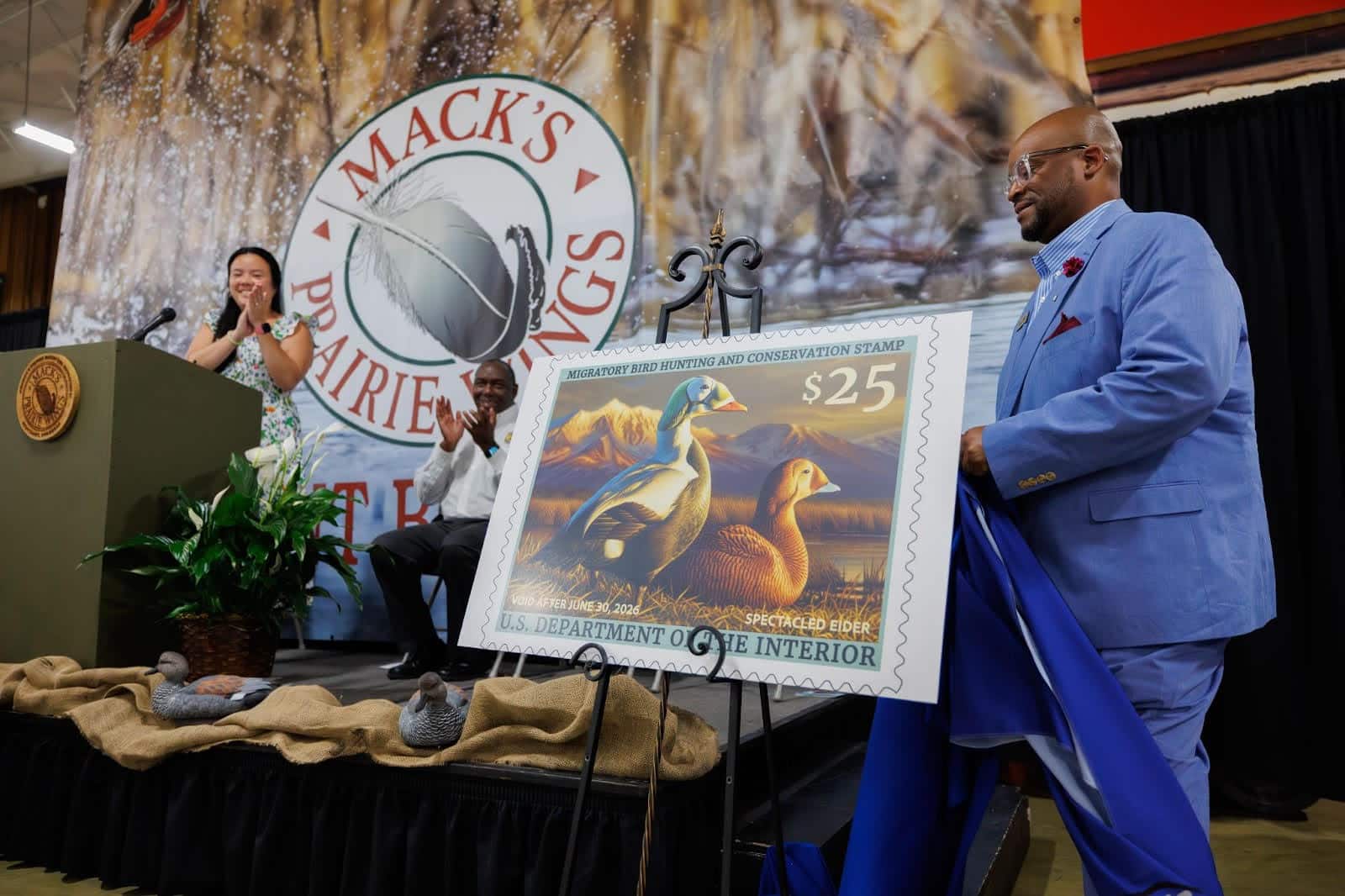Tips to liven up this year’s youth turkey hunt
ON 03-31-2021
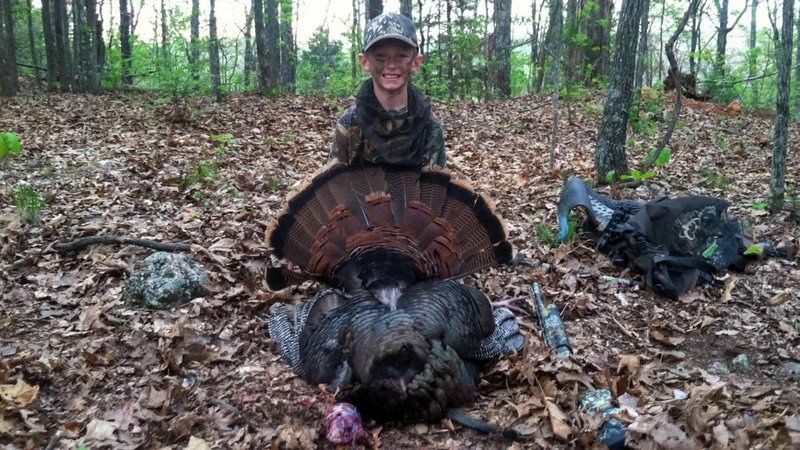
March 31, 2021
Randy Zellers
Assistant Chief of Communications
LITTLE ROCK — With the 2021 youth hunt less than two weeks away, many mentors are already pacing the floor trying to figure out how they are going to get their little hunter on a bird on opening day. Here are a few tips from three of the Arkansas Game and Fish Commission’s bird-obsessed biologists and staff to flatten the learning curve and make lifelong memories.
Practice and preparation
Brad Carner was the AGFC’s turkey program/small game coordinator in 2004 when Arkansas instituted its first youth turkey hunt. Since that time, he has progressed to become chief of the AGFC’s Wildlife Management Division. He still spends many of his spring mornings chasing birds and is passing the passion on to his own son.
“Talk to them about what to expect, how to identify a legal gobbler, to stay still when the turkey is looking for the hen they heard, and other important lessons that lead to success,” Carner said. “You should still be close enough to whisper instructions and calming words during the actual heat of the moment, but that shouldn’t be the first time they’ve heard them.”
Pre-hunt preparation doesn’t end with talk. Carner says hunters should prepare their young hunters for the experience by practicing similarly to the actual hunt.
“Let the youth shoot the exact shotgun they will be using from the same position they will most likely be hunting from,” Carner said. “Whether it’s sitting on the ground with the barrel resting on a knee, or using shooting sticks, they need to get comfortable holding the gun steady for a little while before making the shot.”
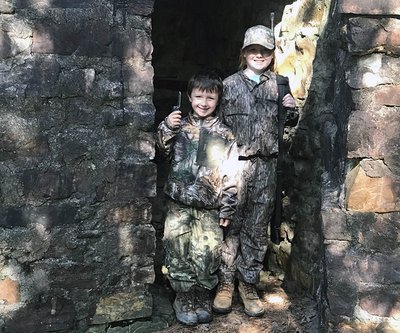
Comfort is key
David Covington is a field biologist at the AGFC’s Brinkley office who has been fired up about spring ever since he was bitten with the turkey hunting bug during his college days in the mid-90s.
“I was hooked, or should I say ruined, ever since my first hunt when I heard a turkey gobble in the woods,” Covington said. “I’ve learned a lot through trial and error since that time, and I’ve been fortunate enough to hunt turkeys in a few different states.”
In addition to teaching his son and daughter to turkey and deer hunt, Covington has been able to share his passion for turkeys with many new hunters, young and old.
“I’ve even been able to be a part of calling in a few of my coworker’s first birds over the years,” Covington said. “Some turkey hunters collect beards and spurs, I like to say I collect people. There’s just nothing like seeing someone’s eyes when they first hear a mature bird drumming only a few dozen yards away from them. It’s a rush.”
Covington’s top advice for a new mentor? Make sure to keep things comfortable for newcomers.
“Thermocells and permanone can help with the insects that are getting active in the woods again, and a comfortable chair can help a lot if you have scouted ahead of time and can set up in advance,” Covington said. “I’ve even brought small heater for youth hunters I’ve taken on cold days to help them a little first thing in the morning.”
Covington also suggests a blind to help hide all the movement from a fidgety youth.
“My son actually doesn’t like being in a blind now so we can stay more mobile, but when kids are really young, a blind is the way to go,” Covington said. “You can even set up a few natural blinds with branches and natural material in some of your scouted locations.”
Covington says portable blinds not only help conceal movement but also add to the comfort factor, shielding young hunters from rain and wind.
Silent snacks
Jacob Bokker is the assistant regional supervisor in east-central Arkansas who spends many days in western Arkansas with his wife and kids camping and hunting each spring, turning it into a family affair. He agrees that comfort is key when it comes to keeping youth hunters from getting a case of the fidgets.
Bokker also puts a little more preparation into the day’s menu for a youth hunt than he does when he hunts alone. Bring along a little more food and water than you think you might need in case the turkeys don’t cooperate and the hunt turns into a long sit. Try to avoid snacks that come in noisy foil or plastic pouches, because those little noisemakers will undoubtedly find their way underneath your foot and seemingly be heard throughout the woods if you try to move when a gobbler is nearby.
“We take the snacks out of the cellophane and put them in ziplocs, which are much quieter,” Bokker said.
Nothing is better than some homemade cookies or sandwiches in nice, quiet plastic wrap. Add a reusable bottle filled with water and maybe a little flavoring, and you can add more enjoyment to those long, quiet hunts when the gobblers don’t want to play. You can even get younger family members to join in on the hunt by having them help you prepare the snacks the night before. Just be sure to pack out everything you packed in.
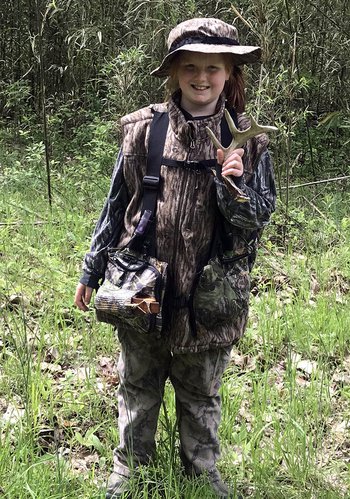
It’s for the kids
Without a doubt, the number one recommendation from each of our veteran hunters is to keep it fun. Jeremy Wood, AGFC turkey program coordinator, says parents should remember that success shouldn’t be defined by a filled tag, but a worthwhile experience.
“Did they get to hear their first gobble? See a bird up close in the wild? See the woods come alive on a spring morning? Those are the things we remember most,” Wood said. “Don’t force things because you know that you could get to a bird if you hustled a little harder than they are able to, yet. And be sure to point out all the other things that made the hunt a success, bird or no bird. Try not to get so wrapped up in trying to make a perfect hunting memory that you miss the memories already happening.”
Arkansas’s Special Youth Turkey Hunt is April 10-11 statewide. Only hunters 6 to 15 years old may hunt turkeys during the youth hunt. Youths who have completed hunter education may hunt on their own at their parents’ discretion. Youths who have not completed hunter education must be under the direct supervision (within arm’s reach) of an adult who is 21 or older. Youth hunters may harvest one male turkey during the youth hunt. They may shoot one immature gobbler (jake) as part of their yearly limit. Birds harvested during the youth hunt count toward the youth’s yearly limit.
Visit www.agfc.com/turkey for more information on Arkansas’s turkey season and AGFC turkey conservation efforts.
Recent News
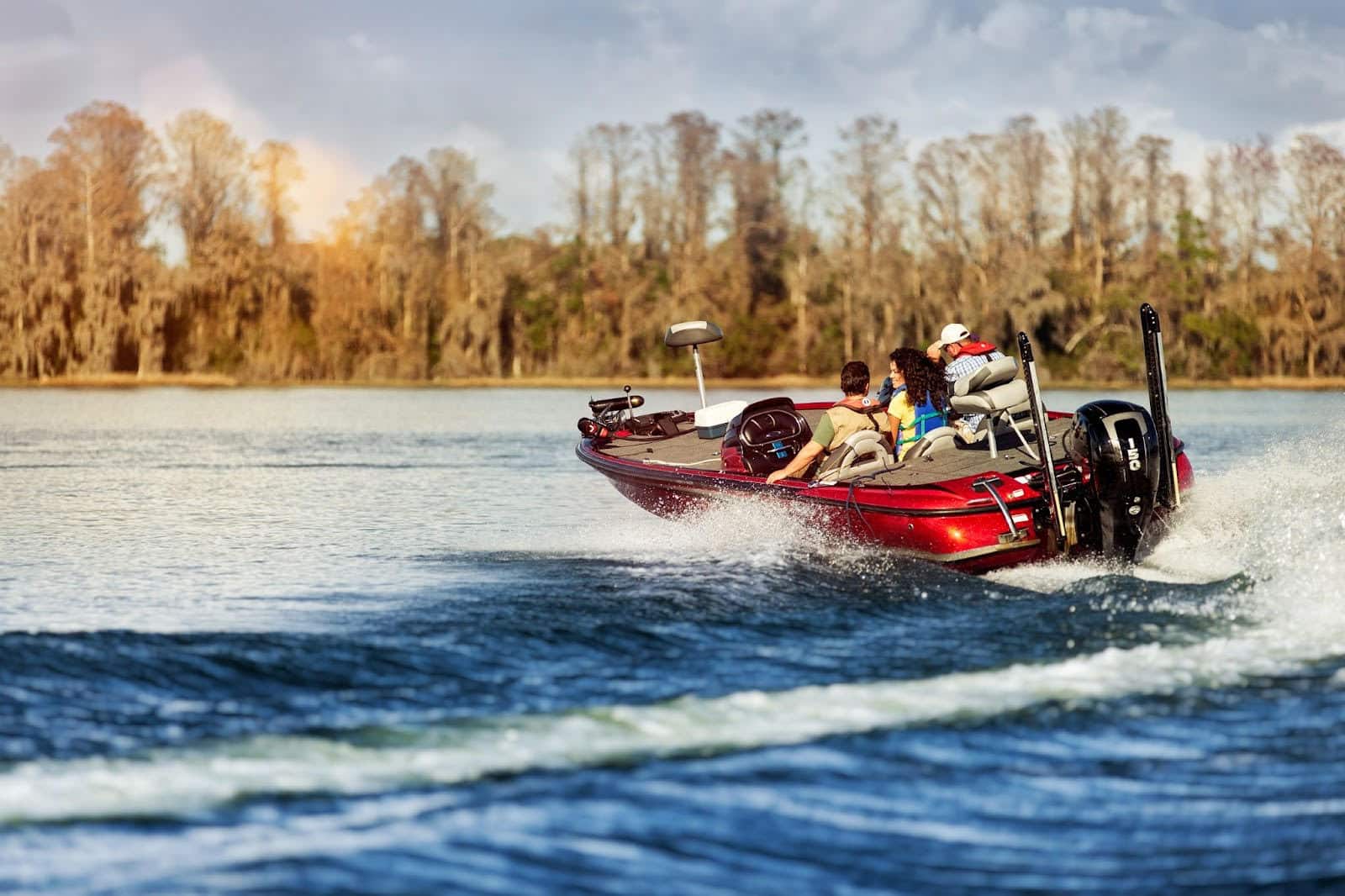
Watch your wake
Jul. 2, 2025
Subscribe to Our Weekly Newsletter E-mails
Don’t miss another issue. Sign up now to receive the AGFC Wildlife Weekly Newsletter in your mailbox every Wednesday afternoon (Waterfowl Reports are published weekly during waterfowl season and periodically outside the season). Fishing Reports arrive on Thursdays. Fill in the following fields and hit submit. Thanks, and welcome!

